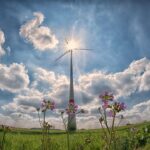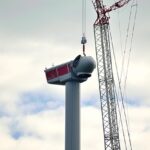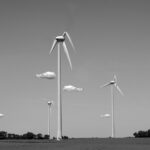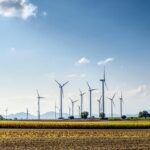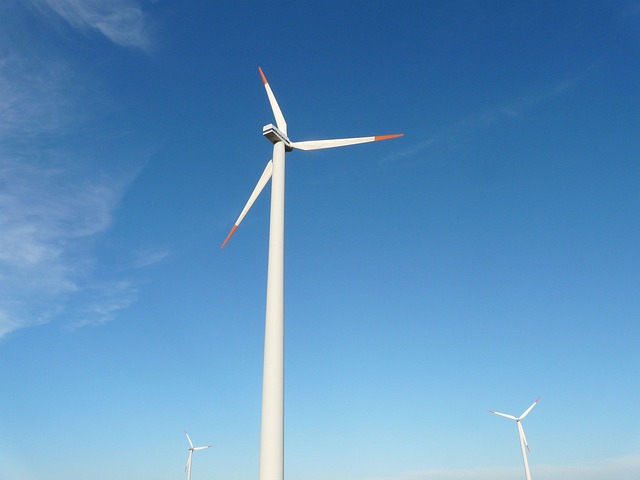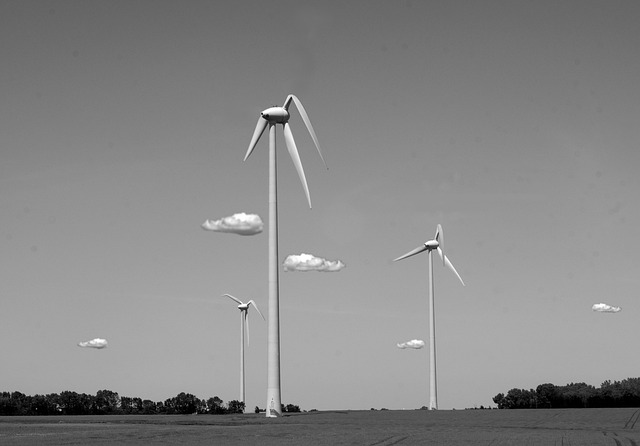The Winds of Progress: Analyzing Global Wind Power Trends
In the ever-evolving landscape of energy production, wind power has emerged as one of the most promising sources of renewable energy. As nations grapple with the pressing challenges of climate change and the quest for sustainable energy solutions, wind power stands out due to its abundance and efficiency. This article will delve into the various factors that are driving the growth of wind power worldwide, the technological advancements that are shaping its future, and an analysis of the socio-economic impacts of wind energy.
The Rise of Wind Power
Over the past few decades, wind power has transformed from a niche energy source to a central component of many countries’ energy portfolios. The transition to wind energy has been propelled by two major forces: the global commitment to reducing greenhouse gas emissions and the significant advancements in wind turbine technology.
Wind power capacity has grown exponentially since the late 1990s, with the global installed capacity surpassing 900 gigawatts (GW) by 2021. This explosive growth is mirrored in policy frameworks, as governments worldwide increasingly set ambitious targets for renewable energy utilization. The Paris Agreement, adopted in 2015, has galvanized many countries to transition towards cleaner energy sources, with wind power playing a pivotal role.
Technological Advancements
The technological evolution of wind turbines has significantly influenced the growth of wind energy. Innovations in turbine design, materials, and construction practices have paved the way for larger, more efficient, and cost-effective wind farms. Modern wind turbines can generate energy even at low wind speeds and are equipped with advanced monitoring systems that optimize their operational efficiency.
The trend towards larger turbine sizes is particularly noteworthy. Turbines now boast capacities over 10 megawatts, with towering structures that can capture more wind and generate power at lower costs per megawatt-hour. Furthermore, advancements in offshore wind technology have opened new frontiers, as the transition from land-based to offshore wind farms offers access to stronger, more consistent wind currents. Countries like Denmark, Germany, and China have made significant investments in offshore wind projects, illustrating the potential of maritime wind power.
Global Trends in Wind Power Development
Wind power capacity is not uniformly distributed across the globe, showcasing a diverse array of growth trends influenced by region-specific factors. Some of the leading countries in wind energy production include China, the United States, Germany, and India. Each of these nations exhibits unique characteristics and approaches to wind power development.
China stands out as the undisputed leader in wind energy, having invested heavily in both onshore and offshore wind farms. The country is not only the largest market for wind power but also a global manufacturing hub for wind turbines. By 2021, China had installed over 280 GW of wind power capacity, contributing significantly to its renewable energy goals.
The United States follows as a close second, with significant investments in both wind technology and policy support. The growth of onshore wind farms, particularly in states like Texas and Iowa, has illustrated the potential for wind energy in regions that benefit from favorable wind conditions.
Germany is notable for its aggressive transition to renewables, often referred to as the “Energiewende.” The country has been a trailblazer in integrating wind energy into its electricity grid, setting ambitious targets to increase its reliance on renewable sources.
Meanwhile, India has demonstrated an impressive pace of wind energy development, driven by a commitment to enhance energy access and reduce air pollution. The Indian government has set a goal of achieving 175 GW of renewable energy capacity, including wind, by 2022, underscoring the nation’s strategic commitment to embracing clean energy sources.
The Economic Impact of Wind Power
Beyond its environmental benefits, the wind power industry contributes substantially to the economy. It creates jobs ranging from manufacturing and installation to maintenance and operation of wind farms. As the sector expands, it has the potential to generate millions of employment opportunities globally, helping to revitalize rural areas and stimulate local economies.
The decreasing costs of wind energy have further solidified its economic viability. According to the International Renewable Energy Agency (IRENA), the cost of onshore wind power has decreased by about 49% since 2010, making it one of the cheapest sources of new energy in many regions. This trend is expected to continue as technology progresses and economies of scale are realized.
Challenges Facing the Wind Industry
Despite the momentum behind the wind power sector, several challenges remain that could hinder its growth. One notable issue is the intermittent nature of wind energy. Unlike fossil fuels, wind power generation is not constant; it fluctuates with wind conditions. This intermittency necessitates improvements in energy storage solutions and grid infrastructure to ensure reliability.
Another challenge is the public perception and acceptance of wind farms. While many communities welcome the benefits of renewable energy, some express concerns about the visual and auditory impacts of large wind installations. Addressing these concerns through thoughtful site selection and community engagement remains critical for future projects.
Regulatory hurdles can also pose challenges for the wind energy sector. Navigating complex permitting processes, land-use agreements, and interconnection requirements can delay the deployment of new projects. Streamlining these regulations will be essential to accelerating the transition to wind power.
The Future of Wind Power
The future of wind power remains bright, thanks to a rapidly evolving technological landscape and a growing global commitment to sustainability. By 2030, it is projected that the total installed wind power capacity could exceed 2000 GW globally, driven by both onshore and offshore developments.
Emerging technologies such as floating wind turbines may unlock new opportunities in deep-water regions, enabling countries with limited coastal access to harness offshore wind resources. Additionally, advancements in energy storage technologies, such as batteries and pumped storage systems, will play a crucial role in addressing intermittency and maximizing the utility of wind power.
Policy frameworks will also play a pivotal role in shaping the future of the wind industry. Continued government support and incentives will be vital for stimulating investment and driving innovation. Collaborative efforts between governments, private sector stakeholders, and communities will be essential for fostering a conducive environment for wind power development.
Conclusion
Wind power has emerged as a cornerstone of the global energy transition, demonstrating the potential to reshape how we think about energy production. As countries invest in renewable infrastructure and technology, the future landscape of wind power looks promising. With its significant economic, environmental, and social benefits, wind energy is not just a fleeting trend; it represents a fundamental shift toward a sustainable future.
As we continue to harness the winds of progress, the focus must remain on collaboration, innovation, and resilience in addressing the challenges ahead. The journey toward a sustainable energy future can be powered by the winds, and it is up to all of us to propel this transformation forward.
